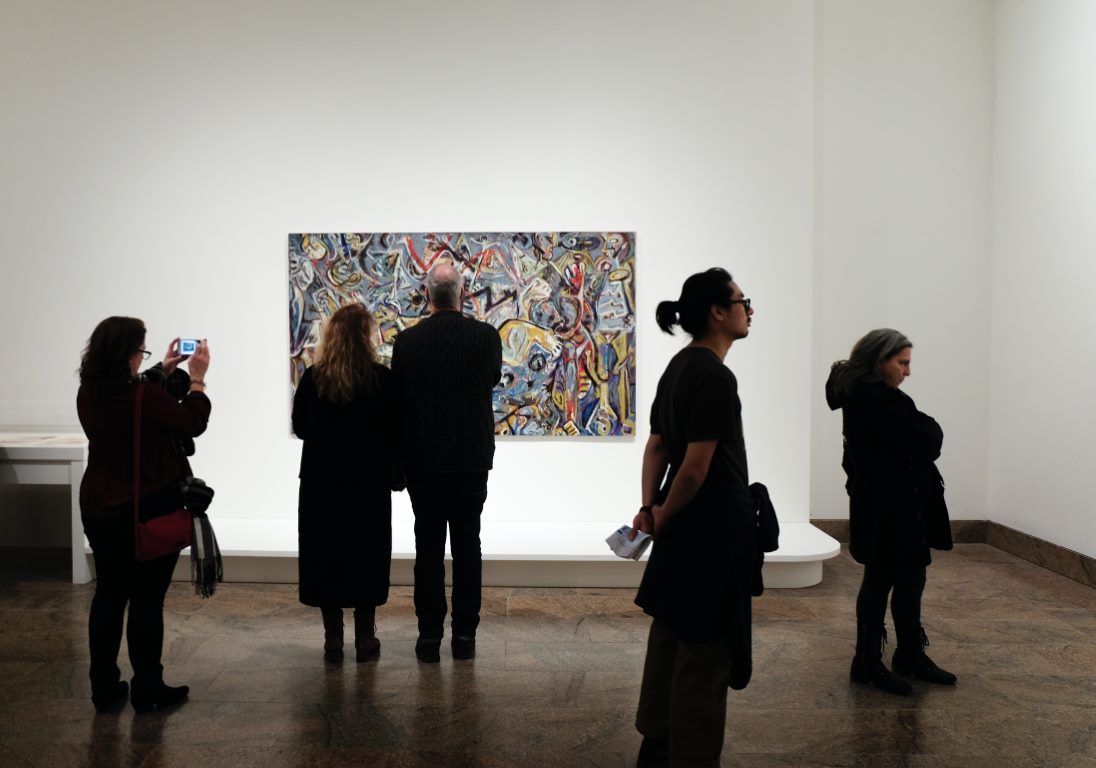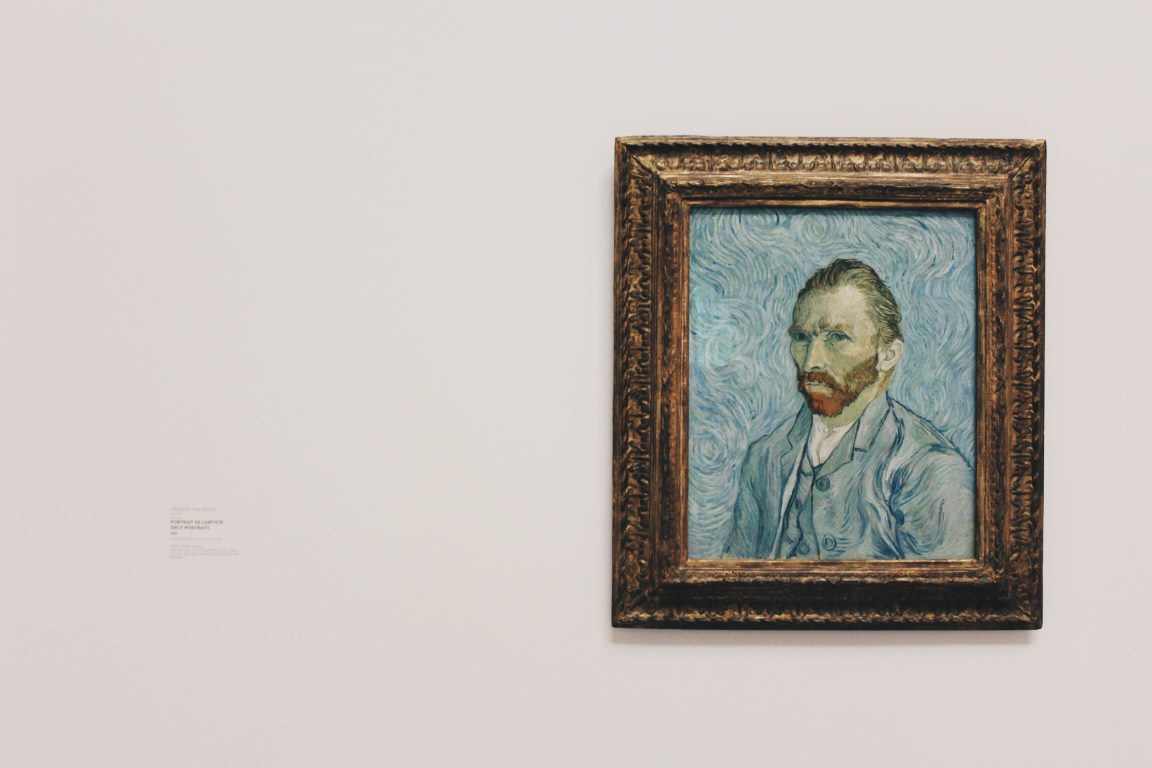How to Plan Your Sistine Chapel and St. Peter’s Basilica Early Morning Tour in Rome
If you’re planning a trip to Rome, a visit to the Vatican City is an absolute must. The Vatican is home to some of the most stunning artwork and architecture in the world, including the world-famous Sistine Chapel and St. Peter’s Basilica. To make the most of your visit, consider booking an early morning tour of these iconic landmarks. In this guide, we’ll show you how to plan your Sistine Chapel and St. Peter’s Basilica early morning tour in Rome.What to Expect
The Sistine Chapel and St. Peter’s Basilica early morning tour is a guided tour that includes privileged access to the Vatican Museums, Sistine Chapel, and St. Peter’s Basilica before the crowds arrive. The tour starts at 7:30 a.m. in front of the Vatican Museums entrance, and lasts approximately 3 hours. With the help of an expert guide, you’ll explore the Vatican Museums, Sistine Chapel, and St. Peter’s Basilica, and learn about the art, history, and architecture of these incredible landmarks. You’ll also receive headsets to ensure you hear your guide clearly throughout the tour.Booking Your Tour
To book your Sistine Chapel and St. Peter’s Basilica early morning tour, visit the GetYourGuide website and select your preferred date and number of tickets. Once your booking is confirmed, you’ll receive an email with your tour voucher, which you can present to your tour guide at the start of the tour.What’s Included
The Sistine Chapel and St. Peter’s Basilica early morning tour includes a live guide, entry to the Vatican Museums, guided tours of the Vatican Museums, Sistine Chapel, and St. Peter’s Basilica, headsets to hear the tour guide clearly, and a map of the Sistine Chapel. Hotel pickup and drop-off, as well as food and drinks, are not included.Tips for Your Tour
To make the most of your Sistine Chapel and St. Peter’s Basilica early morning tour, here are some tips to keep in mind:- Be sure to arrive on time for your tour, as late arrivals may not be accommodated.
- Dress appropriately for the tour, as modest clothing is required in the Vatican City.
- Avoid carrying large bags or backpacks, as they may not be allowed inside the Vatican Museums.
- Bring a bottle of water, as it can get quite warm inside the Vatican Museums.
- Take plenty of photos, but be sure to turn off your flash inside the Sistine Chapel.
- Tip your tour guide if you feel they provided excellent service.
The Benefits of an Early Morning Tour
Booking an early morning tour of the Sistine Chapel and St. Peter’s Basilica has several advantages over visiting later in the day. Here are just a few of the benefits:- You’ll be able to explore the Vatican Museums, Sistine Chapel, and St. Peter’s Basilica before the crowds arrive, which means you’ll have more space and time to explore these stunning landmarks.
- You’ll avoid the heat and humidity of the midday sun, which can be especially uncomfortable during the summer months.
- You’ll be able to see the artworks and architecture more clearly, as the lighting inside the Vatican Museums and Sistine Chapel is optimized for early morning visits.
- You’ll learn more about the history and significance of the landmarks from your guide, as they’ll be able to give you more attention and answer your questions more thoroughly in a smaller group environment.
The Final Verdict
A tour of the Sistine Chapel and St. Peter’s Basilica is an essential part of any visit to Rome, and an early morning tour is the perfect way to experience these iconic landmarks in comfort and style. With the help of an expert guide, you’ll be able to explore the art, history, and architecture of the Vatican City in a way that’s both informative and entertaining. Book your tour today and experience the Vatican like never before! Book your tour here
FAQ about Rome
Rome, the capital of Italy, has a rich history spanning over 2,500 years. It is home to some of the world’s most important historical landmarks, art, and architecture. If you are planning a trip to Rome, you might have some questions. In this FAQ post, we will answer some of the most commonly asked questions about Rome.1. What is Rome famous for?
Rome is famous for its incredible history, art, and architecture. It was the center of the Roman Empire and has some of the most impressive ancient structures, including the Colosseum, the Roman Forum, and the Pantheon. Rome is also home to the Vatican City, where you can see the Sistine Chapel and St. Peter’s Basilica. The city is renowned for its food, fashion, and rich culture.2. What is the best time of year to visit Rome?
The best time to visit Rome is between April and June or September and October, when the weather is pleasant, and the crowds are smaller. The summers in Rome are hot, and many locals and businesses go on vacation during August. The winters can be rainy and chilly, but the city is less crowded.3. How do I get around Rome?
Rome has an excellent public transport system, including buses, trams, and metro lines. You can purchase a daily or weekly ticket that will allow you to use all modes of public transport within the designated area. Taxis and ride-sharing services like Uber are also available.4. What are some must-see sights in Rome?
Some must-see sights in Rome include: – The Colosseum, a massive amphitheater where gladiators fought for their lives. – The Pantheon, a temple built almost 2,000 years ago with a stunning dome-shaped roof. – The Roman Forum, a grand public plaza that was the center of ancient Rome. – The Vatican City, the spiritual center of the Catholic world, home to St. Peter’s Basilica and the Sistine Chapel. – The Trevi Fountain, a beautiful baroque fountain that is said to bring good luck to those who toss in a coin.5. What should I eat in Rome?
Rome is known for its delicious cuisine, including: – Pizza al taglio, a type of pizza sold by weight and cut into squares. – Carbonara, a pasta dish made with eggs, cheese, and pancetta. – Cacio e Pepe, a pasta dish made with pecorino cheese and black pepper. – Supplì, a snack made of fried rice balls filled with cheese and tomato sauce. – Gelato, the Italian version of ice cream, which comes in many delicious flavors.6. Where can I go shopping in Rome?
Rome is a fashion capital and home to many designer boutiques and high-end fashion stores. Some of the best places to go shopping in Rome include Via del Corso, Via Condotti, and Via Veneto. You can also find many markets and shops selling local products like leather goods, jewelry, and antiques.7. Are there any day trips from Rome?
There are many day trips you can take from Rome, including: – Tivoli, a town known for its beautiful gardens and the Villa d’Este. – Ostia Antica, an archaeological site that was once a thriving Roman port. – Pompeii and Herculaneum, ancient Roman cities that were destroyed by the eruption of Mount Vesuvius in AD 79. – Florence, the birthplace of the Renaissance and home to many famous museums and art galleries.8. What is the currency in Rome?
The currency in Rome is the Euro.9. Do I need a visa to visit Rome?
If you are a citizen of the United States, Canada, Australia, or the United Kingdom, you do not need a visa to visit Rome for up to 90 days. If you are from another country, you should check with the Italian Embassy in your country for visa requirements.10. What language is spoken in Rome?
The official language in Rome is Italian, but many locals speak English, especially in areas that are popular with tourists.Book Your Tour Now
Rome is an incredible city with a rich history and culture. It is a must-visit destination for anyone interested in art, architecture, and ancient history. We hope this FAQ has answered some of your questions and helps you plan a fantastic trip to Rome.
How to Spend Your Time as a Tourist in Rome
Rome, Italy is an iconic destination that is on the bucket list of many travelers. The city boasts a rich history, stunning architecture, delicious food, and charming streets. However, with so much to see and do in Rome, it can be overwhelming for first-time visitors. In this guide, we will provide a step-by-step plan for how to best spend your time in Rome and make the most of your trip.Day 1: Historical Rome
On your first day in Rome, it’s important to take in the city’s rich history. Here’s a suggested itinerary for what to see and do:1. Colosseum
Start your day early to beat the crowds and head straight to the Colosseum. This iconic amphitheater is one of the most recognizable landmarks in Rome and was once the site of gladiator battles and other spectacles. You can opt for a guided tour or purchase an audio guide, but either way, make sure to set aside at least two hours to fully explore the site.2. Roman Forum
Next, walk over to the Roman Forum, which is a short distance from the Colosseum. This ancient site was once the center of Rome’s political and social life and is home to a collection of ruins, including temples, basilicas, and government buildings. Plan to spend at least an hour exploring the Forum.3. Palatine Hill
The Palatine Hill overlooks the Roman Forum and offers great views of the city. It’s also home to the ruins of several important buildings, including the Imperial Palace. You can easily spend a couple of hours exploring this area, but make sure to wear comfortable shoes, as it requires a bit of walking.4. Pantheon
After taking a break for lunch, head over to the Pantheon. This ancient temple was once dedicated to all gods and is now a church. It’s free to enter and offers a chance to see some impressive architecture.5. Trevi Fountain
Finish off your historical tour of Rome by visiting the Trevi Fountain. This iconic fountain is probably the most famous in the world and is a must-visit on any trip to Rome. Be sure to toss a coin over your shoulder into the fountain for good luck!Day 2: Vatican City
On your second day in Rome, it’s time to explore Vatican City. Here’s a suggested itinerary for what to see and do:1. Vatican Museums
Start your day by visiting the Vatican Museums. This massive collection of artwork is housed in several buildings and offers the opportunity to see some of the most famous works of art in the world, including the Sistine Chapel. Plan to spend at least three hours in the museums.2. St. Peter’s Basilica
After your visit to the Vatican Museums, head over to St. Peter’s Basilica. This stunning church is one of the largest in the world and is home to many important works of art, including Michelangelo’s famous sculpture, the Pietà. Admission is free, but there may be a line to enter.3. Vatican Gardens
If you have time before dinner, consider taking a tour of the Vatican Gardens. These beautiful, manicured gardens offer a peaceful escape from the hustle and bustle of the city and are home to many fountains and statues.Day 3: Food and Shopping
On your last day in Rome, it’s time to indulge in some delicious Italian cuisine and do a bit of shopping. Here’s a suggested itinerary for what to see and do:1. Campo de’ Fiori Market
Start your day by visiting the Campo de’ Fiori Market. This bustling outdoor market offers fresh produce, meats, cheeses, and much more. It’s a great place to pick up some authentic Italian ingredients or sample some local treats.2. Trastevere
After exploring the market, head over to the Trastevere neighborhood. This charming area is full of narrow, winding streets and is home to many restaurants and shops. It’s a great place to have lunch and do a bit of window shopping.3. Spanish Steps
If you’re in the mood for some high-end shopping, head over to the Spanish Steps. This famous staircase is surrounded by designer boutiques and provides a glamorous backdrop for a shopping spree.4. Piazza Navona
End your day by visiting the Piazza Navona. This stunning square is home to three fountains and is surrounded by restaurants and cafes. It’s the perfect place to enjoy an afternoon drink or snack and people watch.Book Your Tour Now
Rome is a city that is full of history, culture, and charm. With this three-day itinerary, you can experience the best of what the city has to offer and make the most of your trip. Whether you’re interested in ancient history, art, food, or shopping, Rome has something to offer everyone. So what are you waiting for? Start planning your trip to Rome today!Table of Contents

